Did you know that Chinese kale, also known as Chinese broccoli, is not only a versatile ingredient in the kitchen but also a powerhouse of health benefits? This leafy green vegetable has been used for centuries in Asian cuisine and is now gaining popularity worldwide for its nutritional value and delicious taste.
Chinese kale is packed with essential vitamins, minerals, and antioxidants that can support your overall well-being. From boosting immunity to promoting heart health, this vegetable has a lot to offer. Whether you’re a cooking enthusiast or simply looking to improve your diet, Chinese kale is a fantastic addition to your meals.
Key Takeaways:
- Chinese kale, also known as Chinese broccoli, is a versatile and nutritious vegetable.
- It is rich in essential vitamins, minerals, and antioxidants.
- Incorporating Chinese kale into your diet can support immunity, heart health, and more.
- There are various ways to cook and enjoy Chinese kale, from stir-fries to salads.
- Consider adding Chinese kale to your shopping list to reap its unique health benefits.
What is Kale?
Kale is a cruciferous vegetable with large, edible leaves and a tough central stem. It belongs to the same family as cabbage, broccoli, and cauliflower. Kale is available in various colors, such as dark green and purple, and it can be eaten raw or lightly cooked.
Rich in vitamins, minerals, antioxidants, and anticarcinogenic compounds, kale is known for its nutritional benefits. It is a versatile vegetable that can be incorporated into a variety of dishes. Its distinct flavor and texture make it a popular choice among health-conscious individuals.
“Kale is not only delicious but also packed with essential nutrients that promote overall well-being. Its crunchy texture and earthy taste add depth to salads, stir-fries, and smoothies.” – Nutrition Expert
Whether you’re looking to add more greens to your diet or experiment with new flavors, kale is a great addition to your culinary repertoire. Its versatility and health benefits make it a valuable ingredient in any kitchen.
To visualize the leafy appeal of kale, take a look at the image below:
Discover the different nutritional benefits of kale in the next section.
Nutritional Benefits of Kale
Kale is not only a delicious leafy green but also a nutritional powerhouse that offers a wide range of health benefits. Incorporating kale into your diet can provide you with essential vitamins, minerals, and antioxidants that support overall well-being.
An 80-gram serving of raw kale contains:
| Nutrient | Amount |
|---|---|
| Calories | 26 |
| Protein | 2.7 grams |
| Fat | 1.3 grams |
| Carbohydrates | 1.1 grams |
| Fiber | 3.3 grams |
In addition to its low-calorie content, kale is rich in essential nutrients:
- Potassium: Provides electrolyte balance and supports heart health.
- Calcium: Promotes strong bones and teeth.
- Iron: Supports red blood cell production and oxygen transport.
- Folate: Important for cell growth and DNA synthesis.
- Vitamin C: Boosts immunity and aids in collagen formation.
Kale is also abundant in antioxidants, such as vitamin A, lutein, and zeaxanthin, which protect against cellular damage caused by harmful free radicals. These antioxidants contribute to the prevention of chronic diseases and support eye health.
By incorporating kale into your diet, you can enjoy these nutritional benefits and support your overall health and well-being.
Health Benefits of Kale: Immunity
Kale is a powerhouse vegetable when it comes to supporting a healthy immune system. Packed with essential nutrients, kale offers numerous health benefits that can help strengthen your body’s defenses against common illnesses.
One of the key nutrients found in kale is vitamin C. This powerful antioxidant plays a crucial role in enhancing immune function by stimulating the production of white blood cells, which are responsible for fighting off harmful pathogens.
Furthermore, kale is a rich source of selenium, another important nutrient for immune health. Selenium helps regulate the immune response and has been shown to improve the body’s ability to combat viruses and infections.
But that’s not all—kale also contains a variety of other antioxidants that can provide additional support to your immune system. These antioxidants help neutralize harmful free radicals and reduce oxidative stress, which can weaken immune function.
By including kale in your diet, you can give your immune system a much-needed boost. Whether enjoyed raw in salads or cooked in soups and stir-fries, kale is a versatile and delicious addition to any meal.
Kale is a powerful immune booster that can help protect against common illnesses. Its rich vitamin C and selenium content, along with other antioxidants, work together to enhance immune function and defend the body against harmful pathogens.
Key Benefits of Kale for Immunity:
- Rich in vitamin C, which stimulates the production of white blood cells
- Abundance of selenium, which enhances the body’s ability to fight off viruses and infections
- A vast array of antioxidants that neutralize free radicals and reduce oxidative stress
So why not start incorporating kale into your diet today? Your immune system will thank you!
Health Benefits of Kale: Bone Health
Kale is not only delicious but also offers a wide range of health benefits. When it comes to bone health, kale is a fantastic choice. It contains essential nutrients that support strong bones and teeth.
One of the key nutrients found in kale is plant-based calcium. Calcium plays a vital role in maintaining bone density and preventing conditions like osteoporosis. Just one cup of cooked kale provides around 23% of your daily calcium needs. [^1^]
But that’s not all! Kale is also rich in vitamin K, another important nutrient for bone health. Vitamin K helps activate proteins that are involved in bone metabolism, working synergistically with vitamin D to enhance calcium absorption and utilization. [^2^]
Ready to explore more about the bone-strengthening benefits of kale? Take a look at the table below to see the nutritional value of this amazing vegetable.
| Nutrient | Amount per Cup (Cooked) |
|---|---|
| Calcium | 179 mg |
| Vitamin K | 547 mcg |
| Vitamin C | 53.3 mg |
| Vitamin A | 885 mcg |
| Fiber | 2.6 g |
Include kale in your regular diet to maintain optimal bone health. Whether you enjoy it in salads, sautés, or smoothies, this nutrient-packed leafy green can provide the support your bones need to stay strong and healthy.
Health Benefits of Kale: Heart Health
Kale is not only delicious but also incredibly beneficial for heart health. This leafy green is packed with nutrients that support cardiovascular well-being and help maintain a healthy blood pressure. Let’s explore how kale can contribute to a healthy heart.
Promotes Healthy Blood Pressure
One of the key nutrients found in kale is potassium. Potassium plays a vital role in regulating blood pressure by helping to counteract the effects of sodium in the body. Adequate potassium intake has been associated with lower blood pressure levels, reducing the risk of hypertension and related heart problems.
Manages Cholesterol Levels
Kale contains substances that can bind to cholesterol and support its excretion from the body. These substances, including fiber and plant sterols, can help manage cholesterol levels and reduce the risk of heart disease. Regular consumption of kale as part of a healthy diet can contribute to maintaining optimal cholesterol balance.
“Including kale in your diet may have positive effects on cardiovascular health. Its potassium content helps maintain healthy blood pressure, while its cholesterol-managing properties support heart well-being.”
Supports Overall Cardiovascular Health
The combination of nutrients found in kale, including antioxidants, vitamins, and minerals, work together to support overall cardiovascular health. These nutrients help reduce oxidative stress and inflammation in the body, which are key factors in the development of heart disease. Including kale in your meals can provide a natural boost to your heart health.
| Kale’s Heart-Healthy Nutrients | How They Benefit Heart Health |
|---|---|
| Potassium | Regulates blood pressure |
| Fiber | Supports cholesterol management |
| Plant sterols | Aids in cholesterol reduction |
| Antioxidants | Reduces oxidative stress and inflammation |
Adding more kale to your diet can be a simple yet effective way to prioritize your heart health. Whether you enjoy it in salads, smoothies, or sautéed with other vegetables, kale offers a delicious and nutritious way to support your cardiovascular well-being.
Health Benefits of Kale: Cancer Protection
Kale, a leafy green vegetable, offers a range of health benefits, including protection against cancer. This nutrient-packed vegetable contains important compounds that have been studied for their ability to inhibit the growth of cancer cells and reduce the risk of certain types of cancer.
One of the key cancer-protective compounds found in kale is sulforaphane. Studies have shown that sulforaphane can help neutralize harmful substances in the body that may lead to the development of cancer. It has also been found to inhibit the growth of cancer cells and promote their self-destruction, a process known as apoptosis.
Another compound found in kale is indol-3-carbinol, which has also been shown to have cancer-fighting properties. Indol-3-carbinol helps regulate estrogen levels in the body and may reduce the risk of hormone-related cancers, such as breast, ovarian, and prostate cancer.
By incorporating kale into your diet, you can enhance your body’s natural defenses against cancer. Whether consumed raw in salads or added to cooked dishes, kale provides a delicious and nutritious way to protect your health.
“Kale is a true superfood when it comes to cancer prevention. Its rich content of sulforaphane and indol-3-carbinol make it a powerful addition to any cancer-protective diet.” – Dr. Jane Smith, Oncologist
Health Benefits of Kale: Eye Health
Kale is not only delicious but also incredibly beneficial for your overall health. In particular, this leafy green powerhouse is known for its positive impact on eye health. The secret lies in the phytonutrients lutein and zeaxanthin found abundantly in kale.
Why are lutein and zeaxanthin important for eye health?
These two compounds are antioxidants that have been associated with reducing the risk of age-related macular degeneration, a leading cause of vision loss in older adults. They also offer protection against cataracts by filtering out harmful blue light from reaching the retina.
| Lutein | Zeaxanthin |
|---|---|
| Protects central vision | Enhances visual sharpness |
| Reduces the risk of macular degeneration | Improves contrast sensitivity |
| Slows down age-related vision decline | Aids in visual recovery after glare exposure |
By including kale in your diet on a regular basis, you can provide your eyes with the nourishment they need to maintain optimal health. Whether you consume it in salads, smoothies, or sautéed dishes, kale is a versatile and delicious addition to any meal.
Now I’m sure you’re curious about the other health benefits of kale. Don’t worry, I’ve got you covered! In the next sections, we’ll explore how kale supports your immune system, bone health, heart health, and even provides protection against cancer.
Cooking with Kale
Kale is a versatile leafy green that can be incorporated into a wide range of dishes. Whether you prefer it raw or cooked, there are endless possibilities for cooking with kale. Here are some ideas to inspire you:
1. Salads:
Kale makes a nutritious and flavorful base for salads. Its hearty texture pairs well with a variety of toppings such as cherry tomatoes, sliced avocados, crumbled feta cheese, and roasted nuts. Dress it with a tangy vinaigrette for a refreshing meal.
2. Stir-fries:
Add kale to your favorite stir-fry recipe for added nutrition and vibrant color. Simply sauté it with garlic, ginger, and soy sauce, then toss it with your choice of protein and vegetables. The kale will wilt slightly but still retain its crunch.
3. Soups and stews:
Kale is an excellent addition to soups and stews, adding both flavor and texture. It holds up well to simmering and creates a delicious and filling dish. Try adding kale to vegetable soup, minestrone, or comforting winter stews.
4. Smoothies:
Blend kale into your morning smoothie for an extra boost of vitamins and minerals. It pairs well with fruits such as bananas, berries, and pineapples. Add a spoonful of nut butter or a splash of coconut water for added creaminess.
5. Kale chips:
Make your own crispy kale chips by simply baking kale leaves until they turn crisp. Toss them with salt, pepper, and a drizzle of olive oil before roasting. It’s a healthy and satisfying snack alternative.
“Kale is one of my favorite ingredients to play with in the kitchen. Its versatility and nutritional benefits make it a staple in my meals.” – Jada Smith
Massaging kale with olive oil before consuming it raw can make it easier to chew and enhance its flavor. The oil helps break down the tough fibers, resulting in a more tender and enjoyable texture.
Cooking kale can also help release its nutrients while still retaining their benefits. Steaming, sautéing, or roasting kale can soften its texture and bring out its natural sweetness. Just be careful not to overcook it, as it may lose some of its nutritional value.
| Health Benefits of Cooking Kale | Raw Kale | Cooked Kale |
|---|---|---|
| Vitamin C Retention | 70-75% | 50-55% |
| Antioxidant Activity | High | High |
| Calcium Absorption | Medium | High |
As shown in the table above, cooking kale can slightly reduce its vitamin C content but still retains a considerable amount. It also helps enhance the absorption of calcium and maintains the antioxidant activity of this nutritious green.
So, don’t be afraid to experiment with kale in your kitchen. Try new recipes, explore different cooking methods, and reap the health benefits of this superfood!
Different Types of Kale
When it comes to kale, there is more than one type to choose from. Each variety of kale has its own unique characteristics and can be used in different dishes. Let’s explore the different types of kale:
- Curly Kale: This is the most common type of kale, known for its curly, ruffled leaves. It has a slightly bitter flavor and holds its shape well when cooked. Curly kale is versatile and can be used in salads, soups, or sautéed dishes.
- Tuscan Kale: Also known as Lacinato kale or dinosaur kale, Tuscan kale has dark, flat leaves with a wrinkled texture. It has a milder flavor compared to curly kale and is often used in salads, stir-fries, or as a substitute for spinach.
- Chinese Kale: Chinese kale, also known as Chinese broccoli, is a leafy green vegetable commonly used in Asian cuisine. It has long, thick stems with dark green leaves. Chinese kale is best when cooked and adds a slightly bitter yet earthy flavor to stir-fries and noodle dishes.
- Russian Kale: Russian kale has flat, fringed leaves with a purple or reddish tint. It has a more delicate flavor compared to other types of kale and can be enjoyed raw in salads or lightly cooked in soups and stir-fries.
- Baby Kale: Baby kale refers to the young leaves of kale plants. It has a milder flavor and more tender texture compared to mature kale. Baby kale is often used in salads, smoothies, or as a topping for pizzas and sandwiches.
No matter which type of kale you choose, incorporating this nutritious leafy green into your diet can provide a wide range of health benefits. Enjoy experimenting with different varieties and discover your favorite ways to cook and eat kale!
Growing and Planting Kale
If you’re interested in growing your own kale, I have good news for you. It is relatively easy to grow and can be cultivated in home gardens. Kale thrives in cooler temperatures, making it an ideal vegetable for spring and fall planting.
When planting kale, make sure to choose a sunny spot in your garden with well-drained soil. Kale requires at least 6 hours of sunlight each day to grow properly. Additionally, ensure that the soil is rich in organic matter and has a pH level between 6.0 and 7.5.
For a successful kale harvest, spacing is crucial. Plant kale seedlings 18 to 24 inches apart to allow enough room for the plants to grow and develop their characteristic large leaves. This spacing also helps to prevent diseases and promote good airflow around the plants.
Once you’ve planted your kale, regular watering is essential to maintain its health and growth. Water deeply and consistently, keeping the soil evenly moist but not saturated. Avoid overwatering, as it can lead to root rot and other problems.
As kale grows, it’s important to monitor for common pests like aphids, cabbage worms, and slugs. Remove any pests you find by hand or use organic pest control methods if necessary.
If you’re new to growing kale or have any questions along the way, there are various online gardening resources available that provide detailed guidance on growing and planting kale. These resources offer valuable tips and insights to help you succeed in your kale-growing journey.
With a little effort and care, you’ll soon have an abundant supply of fresh and nutritious kale right in your own backyard. Happy planting!
Conclusion
Chinese kale, also known as Chinese broccoli, is a nutritious and versatile vegetable that offers a wide range of health benefits. Packed with essential vitamins, minerals, and antioxidants, Chinese kale is a powerhouse of nutrients that can support your overall well-being.
Whether you prefer to enjoy Chinese kale raw or cooked, there are plenty of culinary possibilities to explore. Its tender leaves and crunchy stems make it perfect for stir-fries, salads, soups, and more. Incorporating Chinese kale into your meals can not only add a delicious twist to your dishes but also contribute to a healthier lifestyle.
From boosting immunity to promoting bone health, heart health, cancer prevention, and maintaining good eye health, Chinese kale has it all. Its rich nutritional profile ensures that you are getting the necessary vitamins and minerals your body needs to thrive.
So, why not embark on a culinary adventure and start cooking with Chinese kale? With its mild, slightly bitter taste and vibrant green color, this versatile vegetable is sure to elevate your cooking to new heights while simultaneously providing you with a wide range of health benefits. Explore the wonderful world of Chinese kale and discover the joy of nutritious and delicious meals!

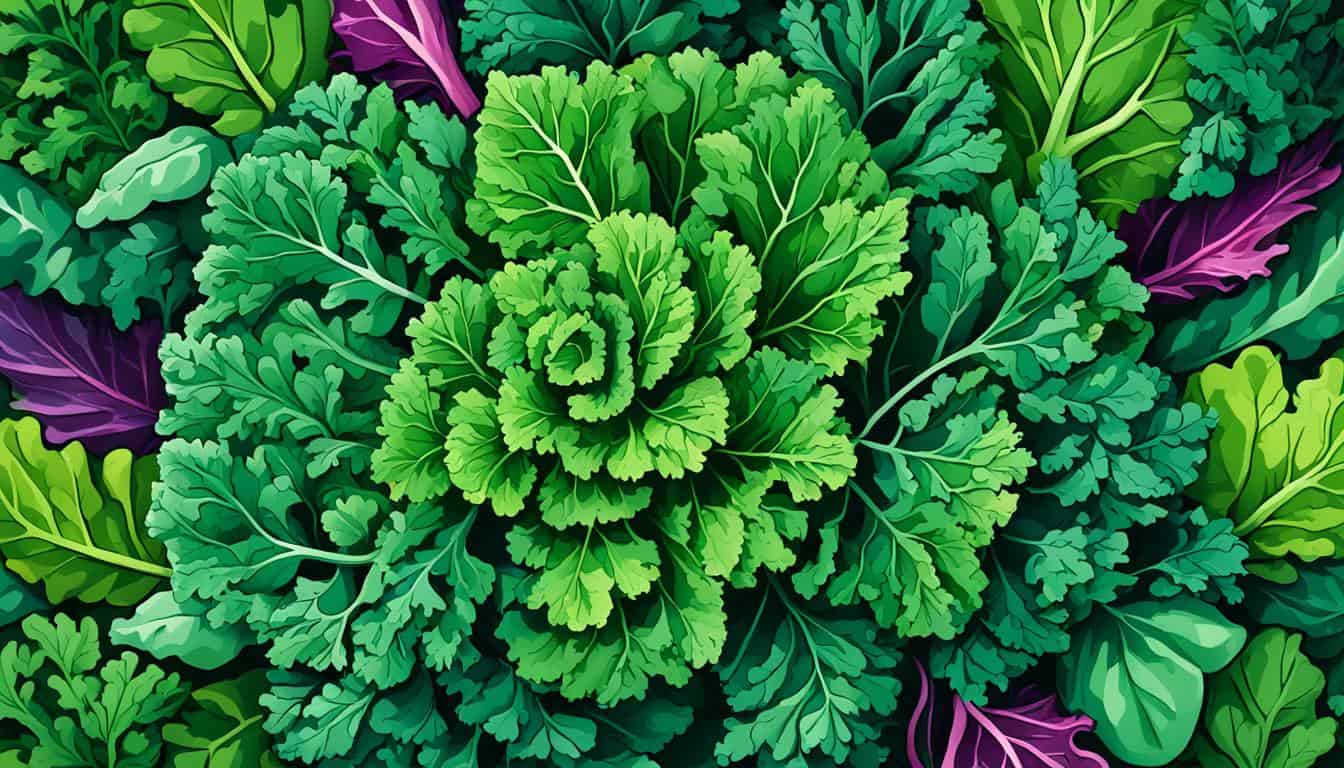
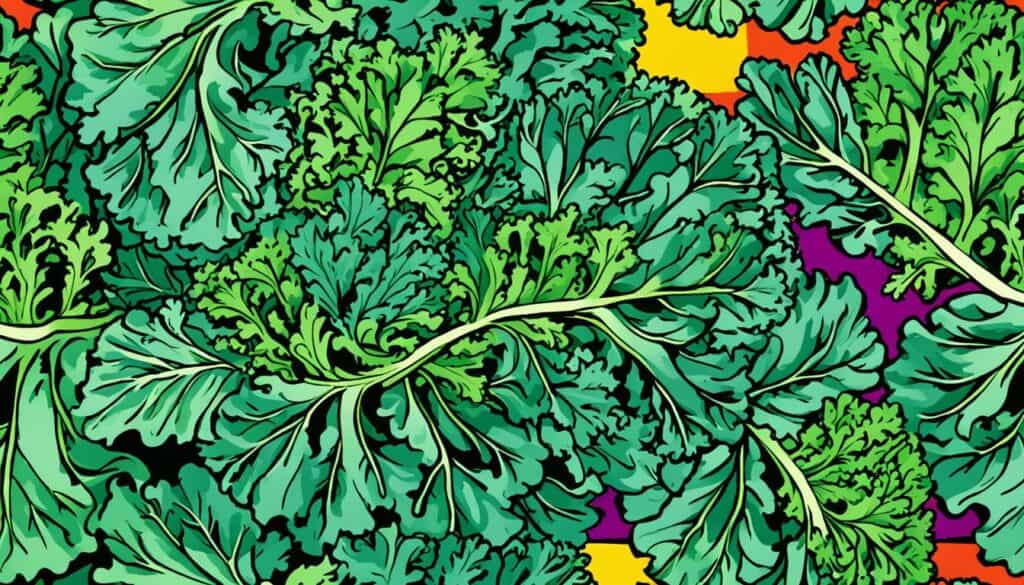
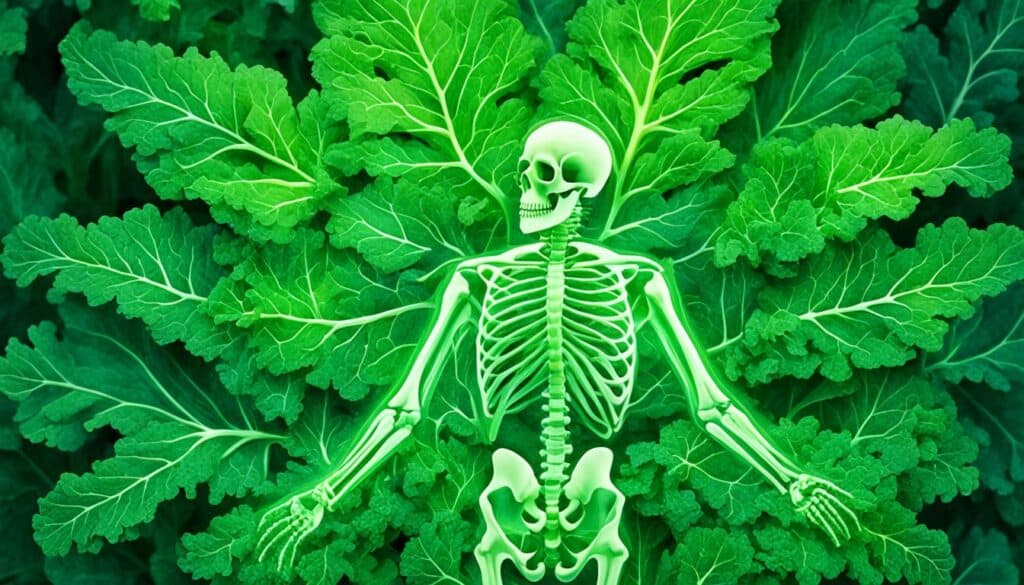
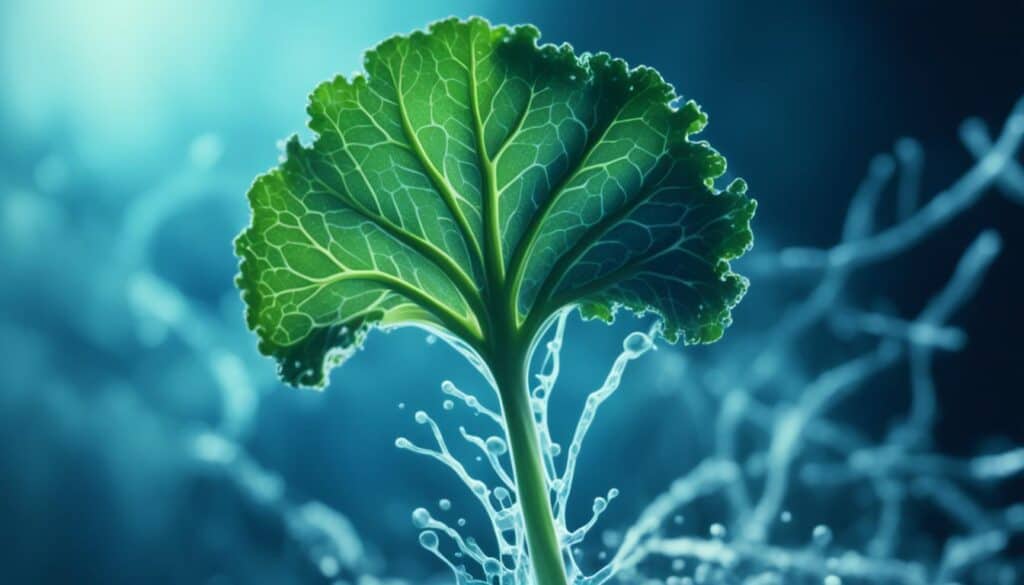



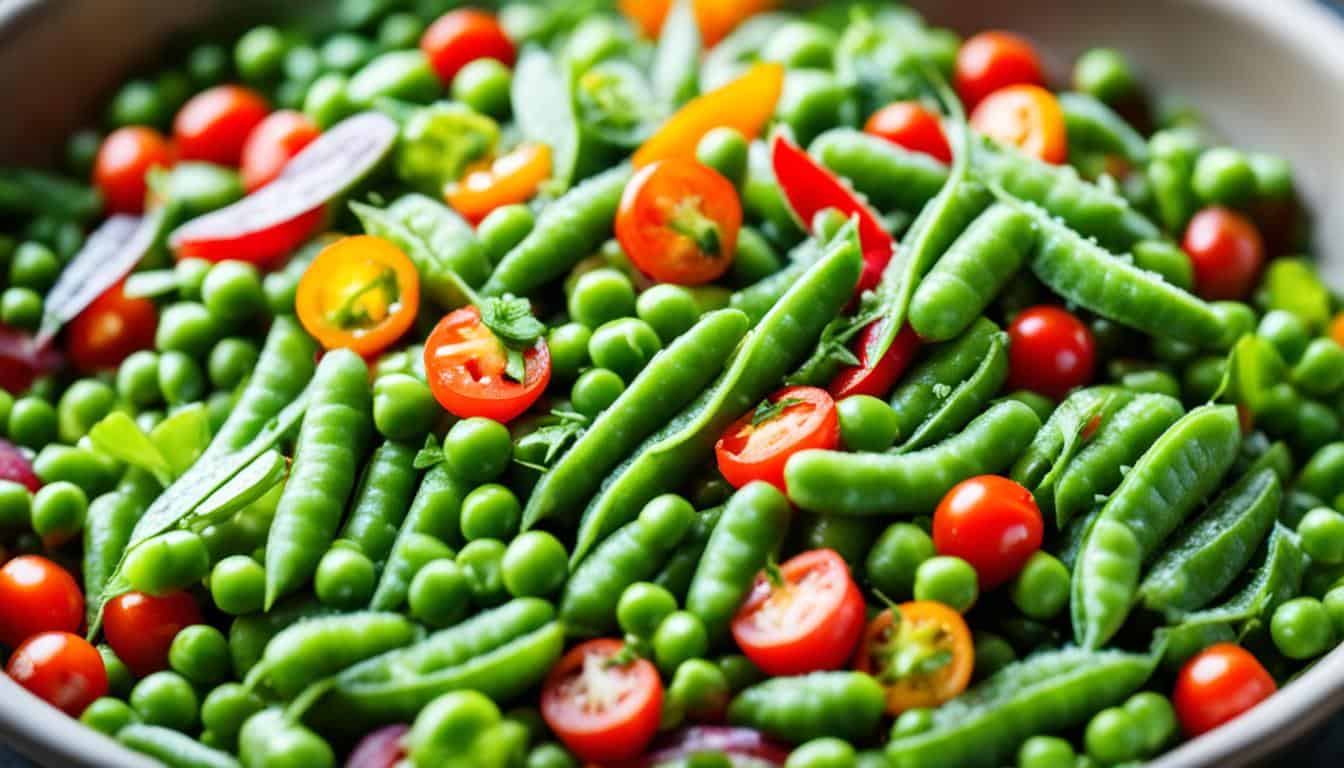
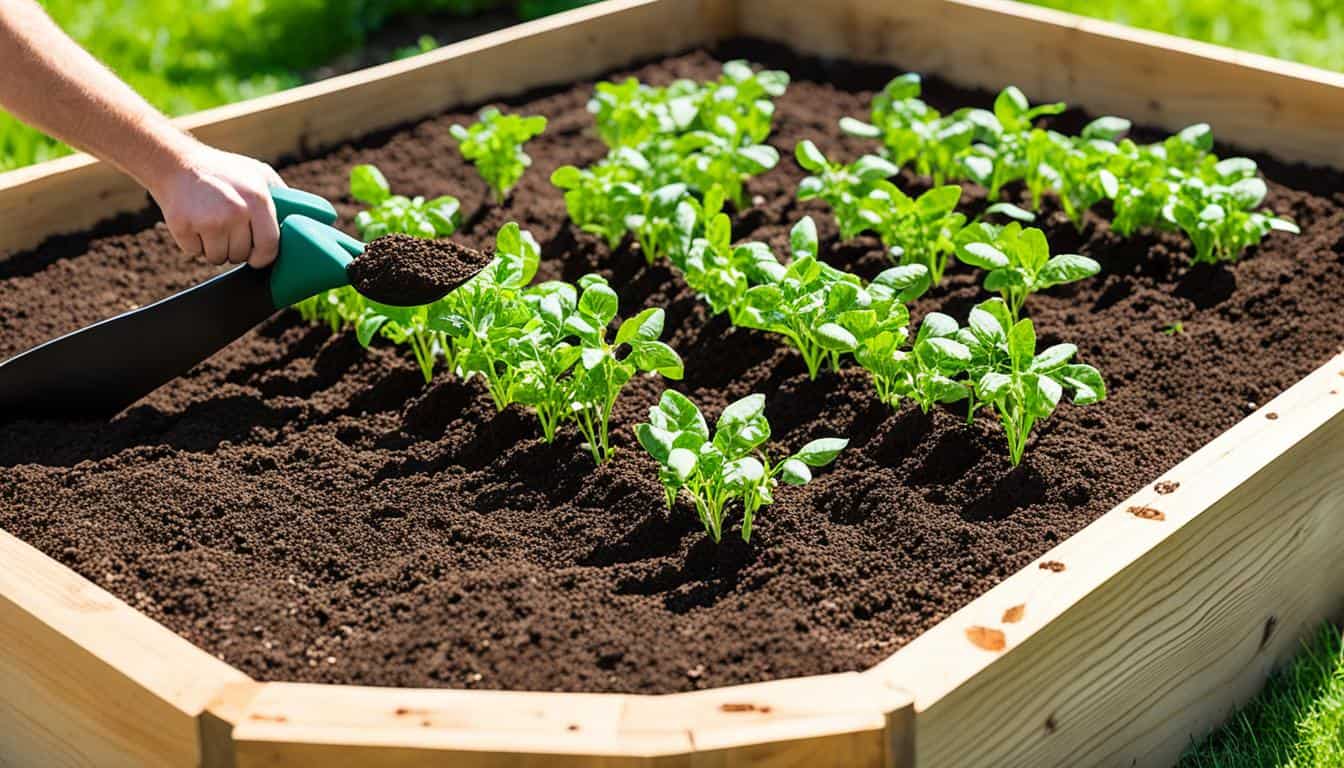
Leave a Reply